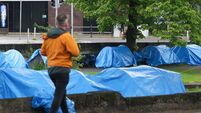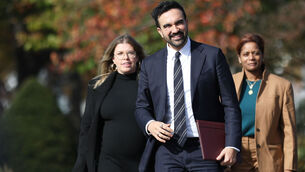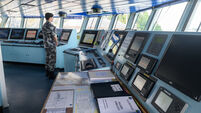It’s time we demanded the right to cycle in safety and arrive alive

A couple of hours later, there was a 14th victim when a 39-year-old man was in collision with two cars outside Tralee.
God help his bereaved friends and relations at this time. God help the bereaved friends and relations of the other 13, many of whom are living through the worst year of their lives.

















